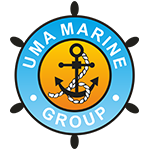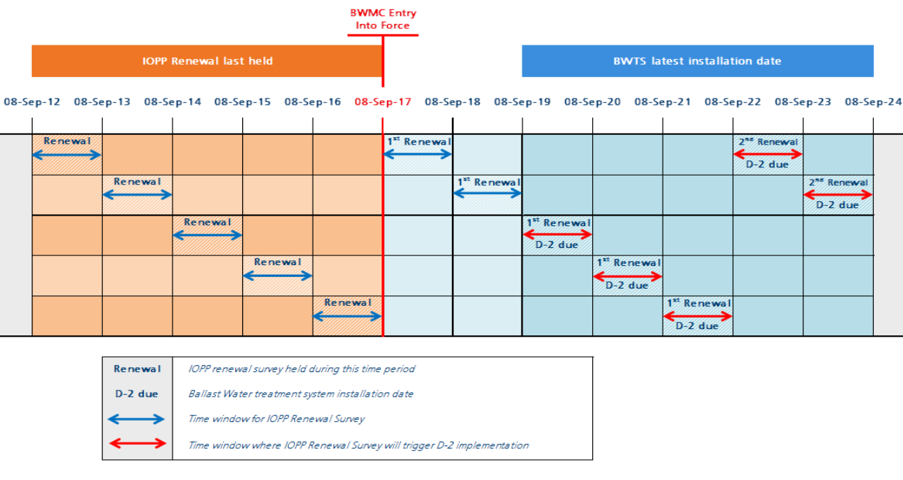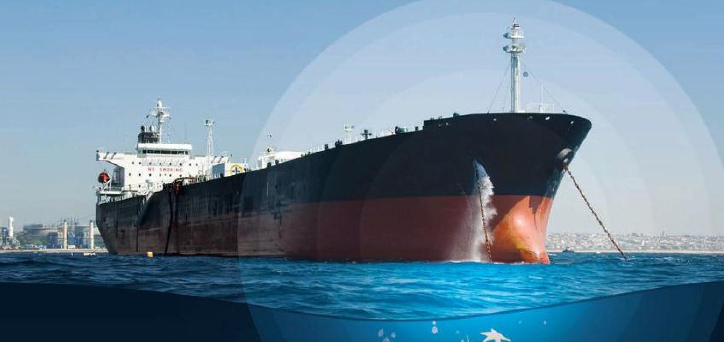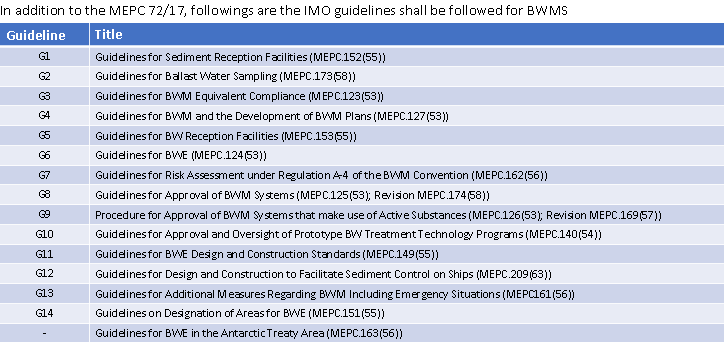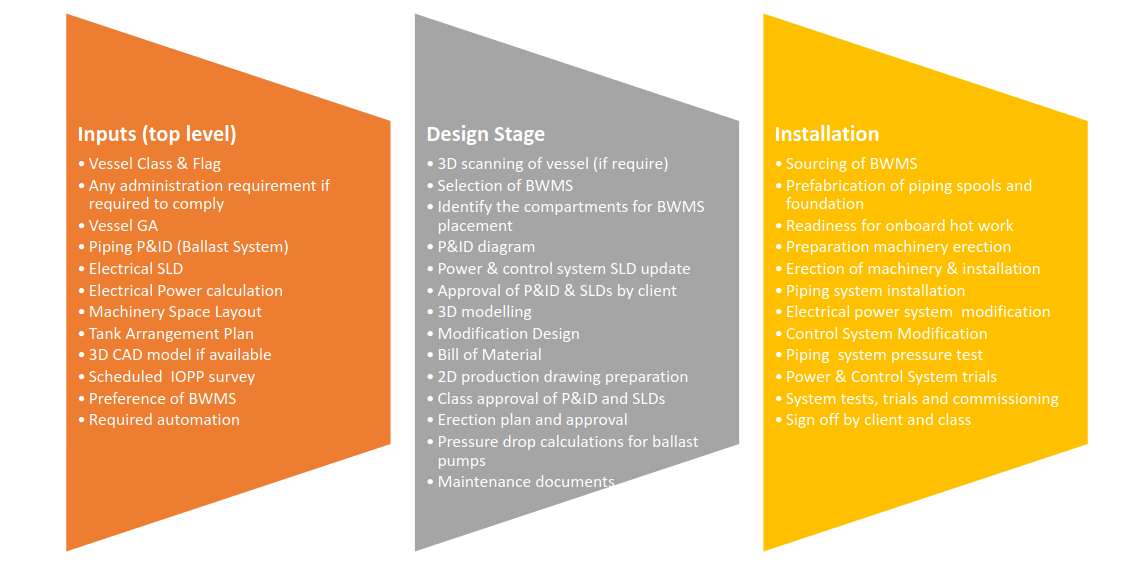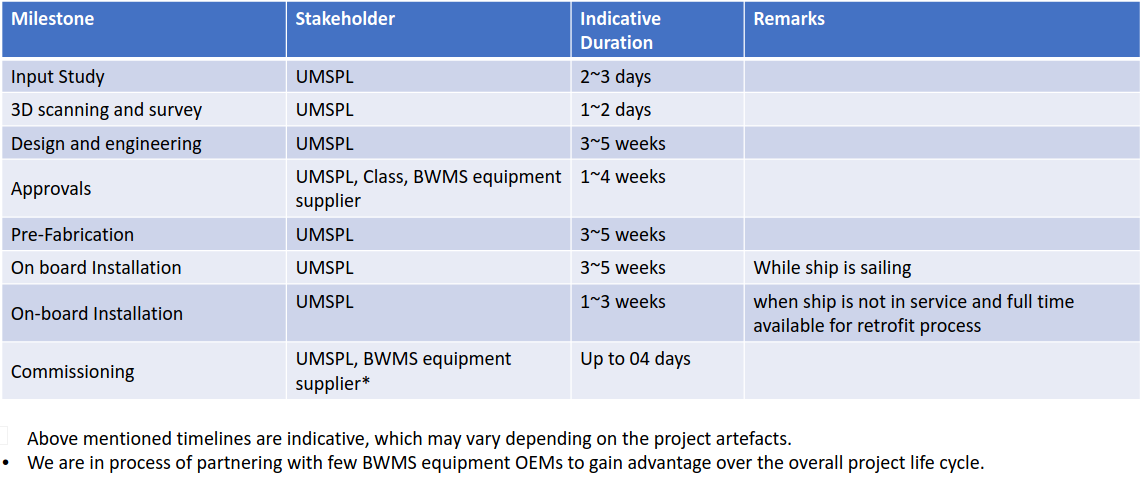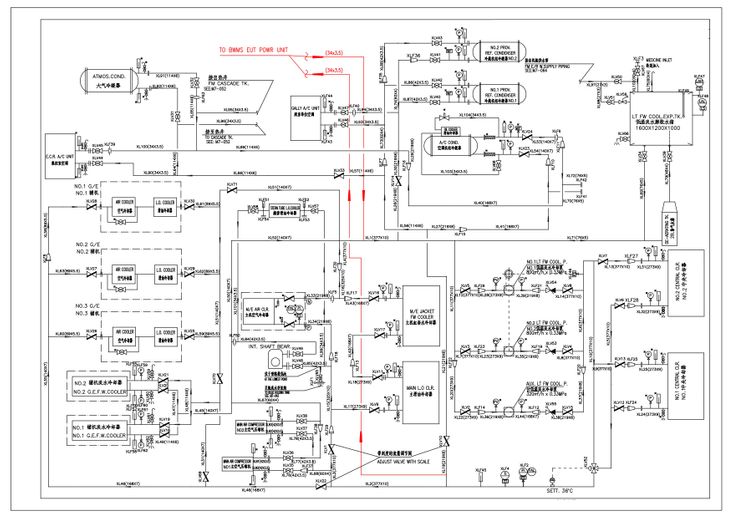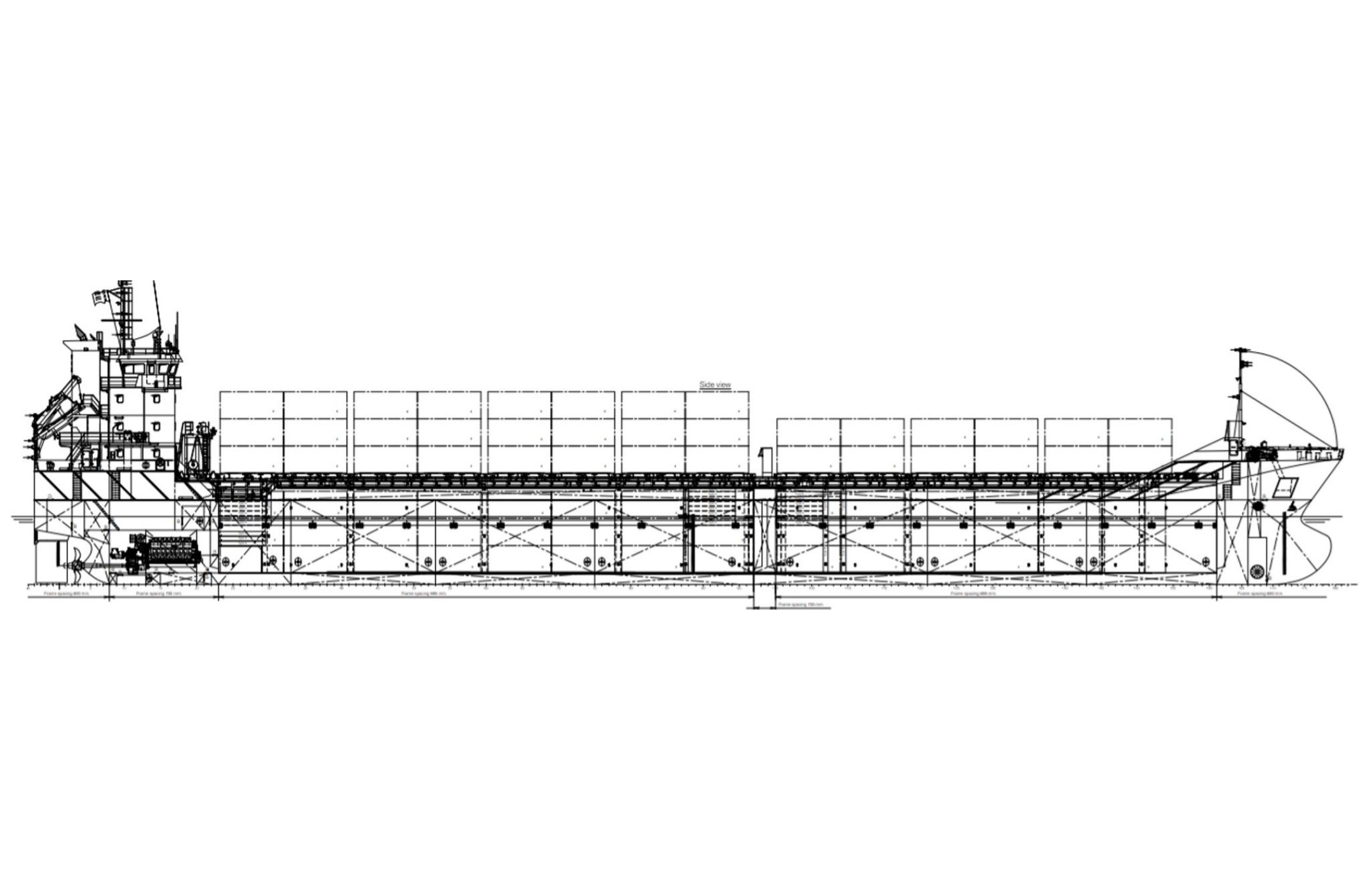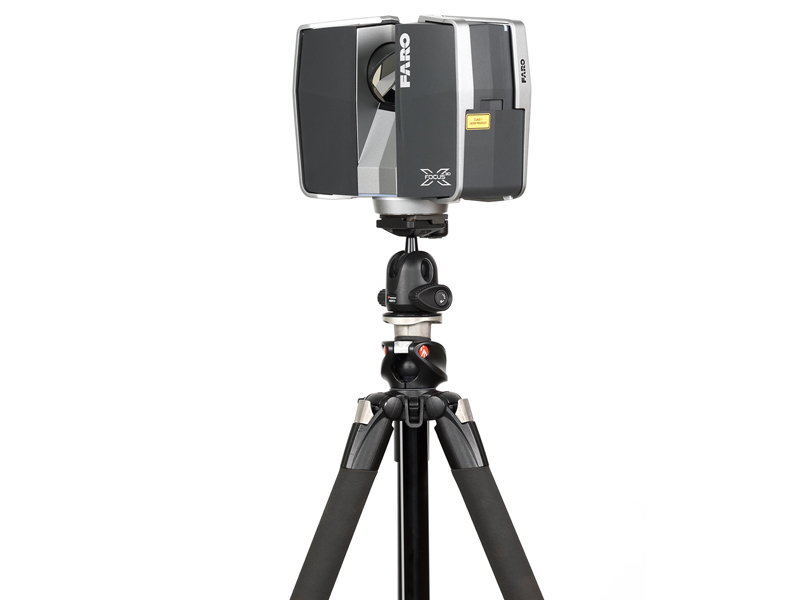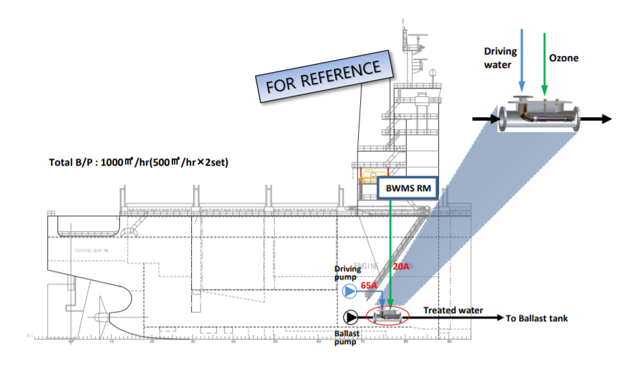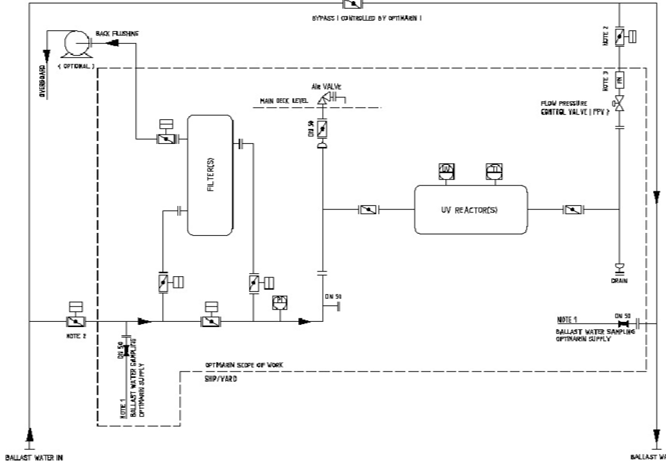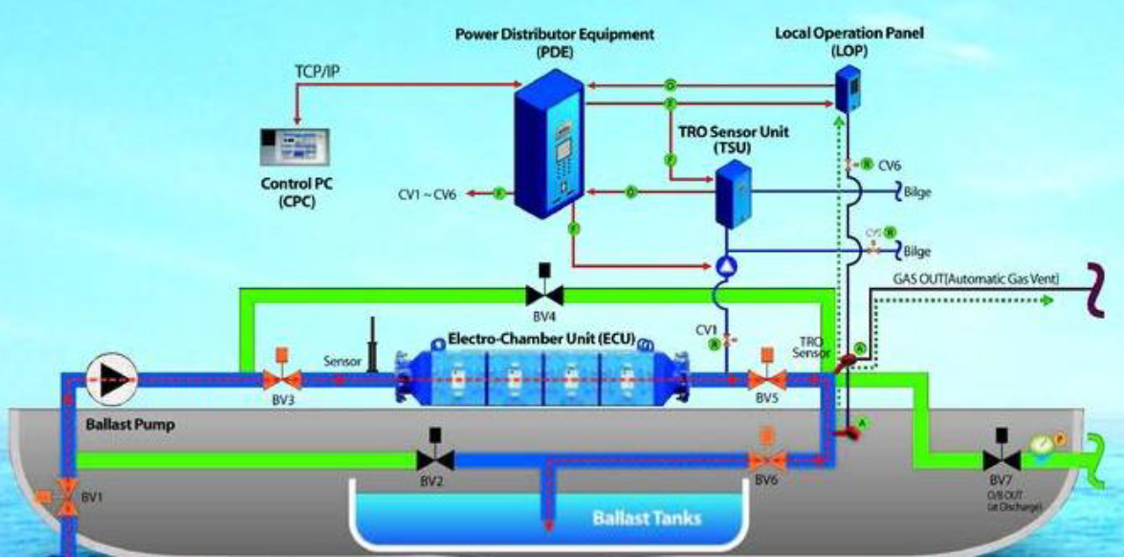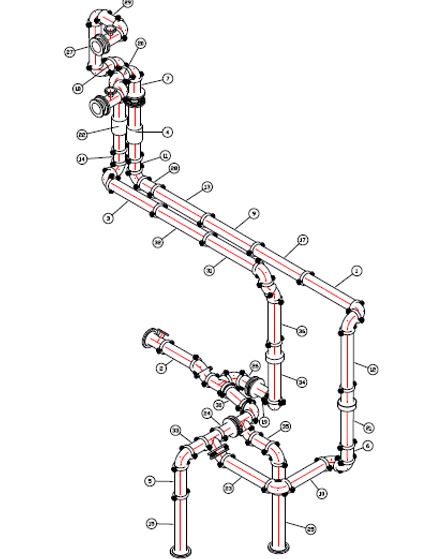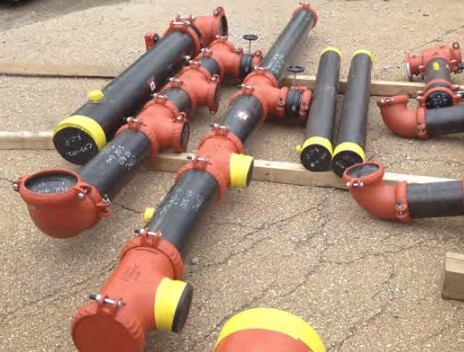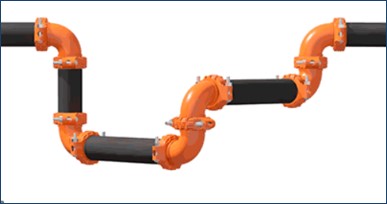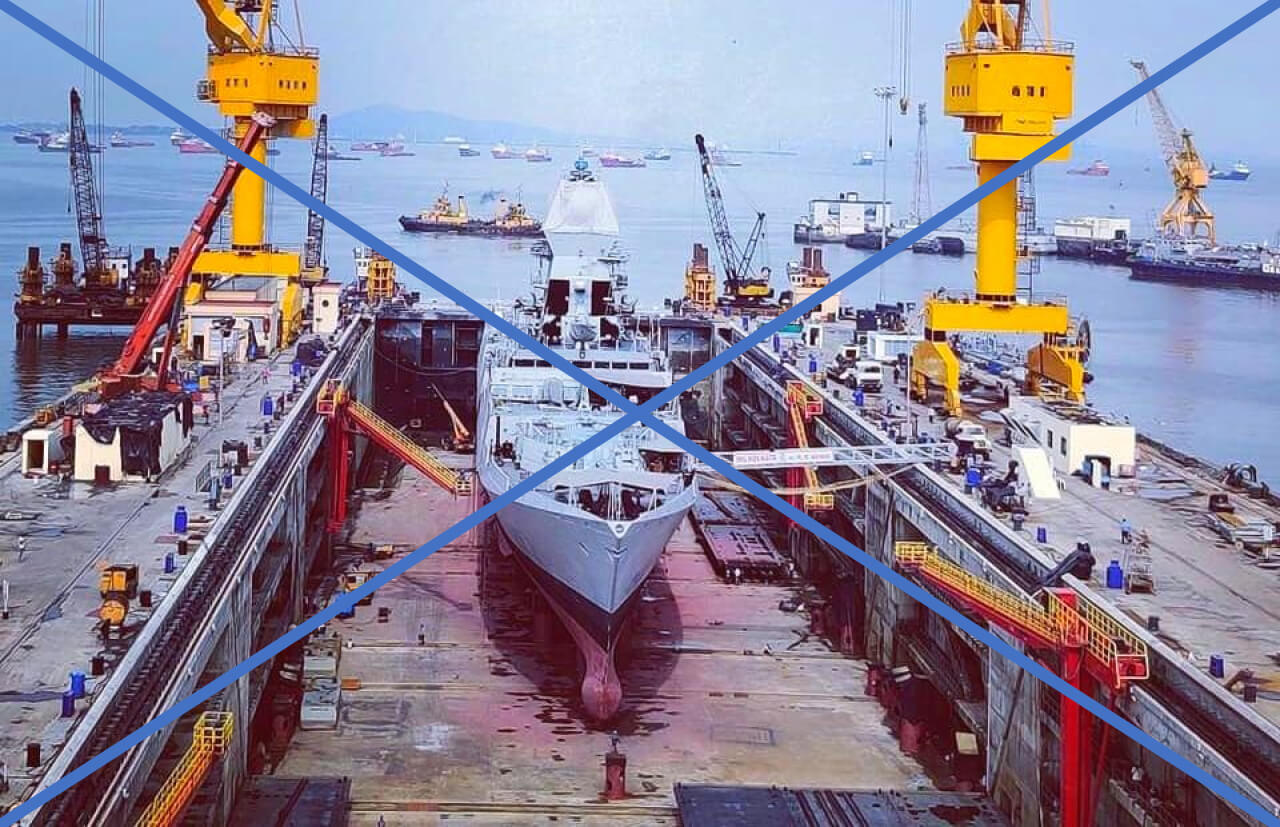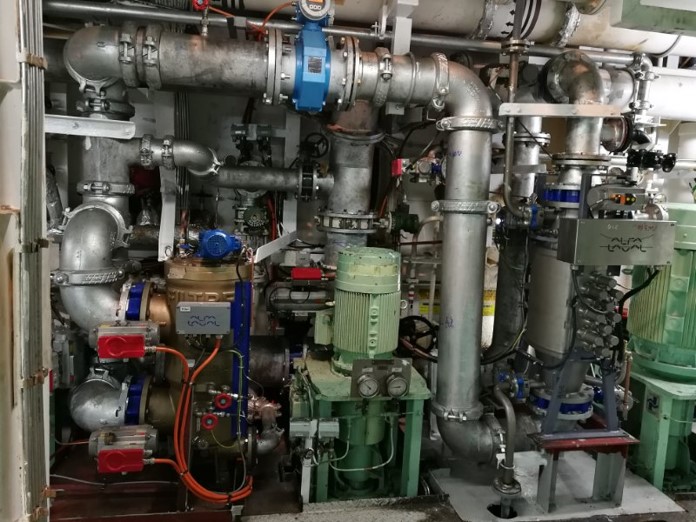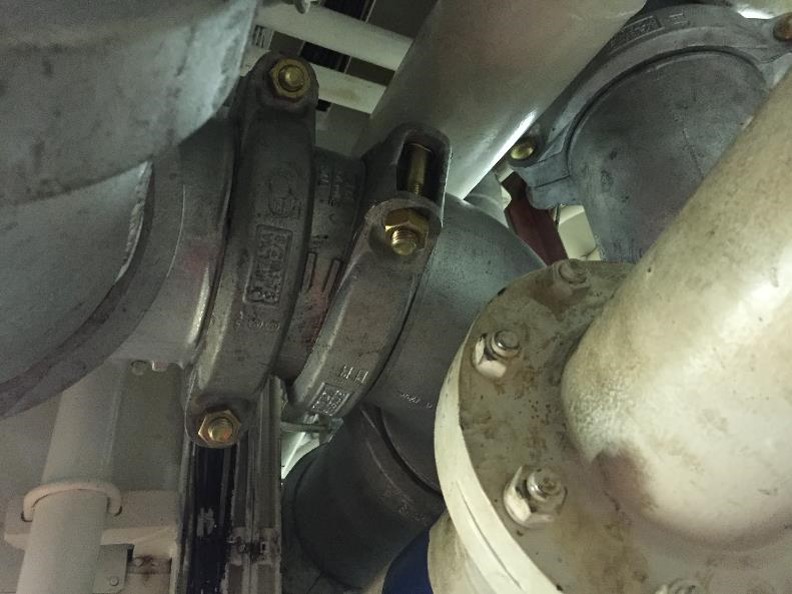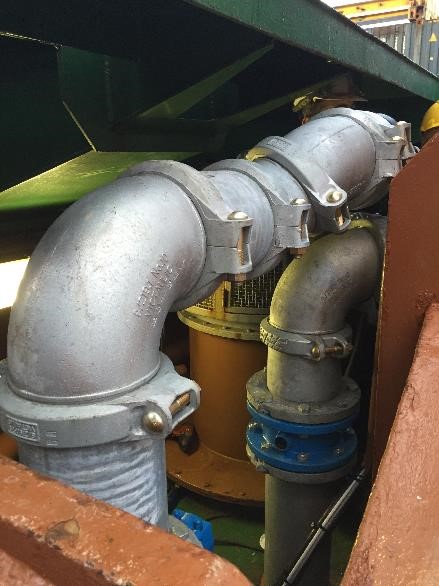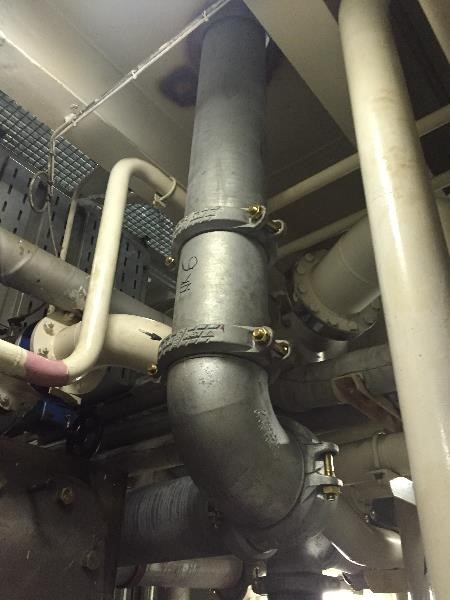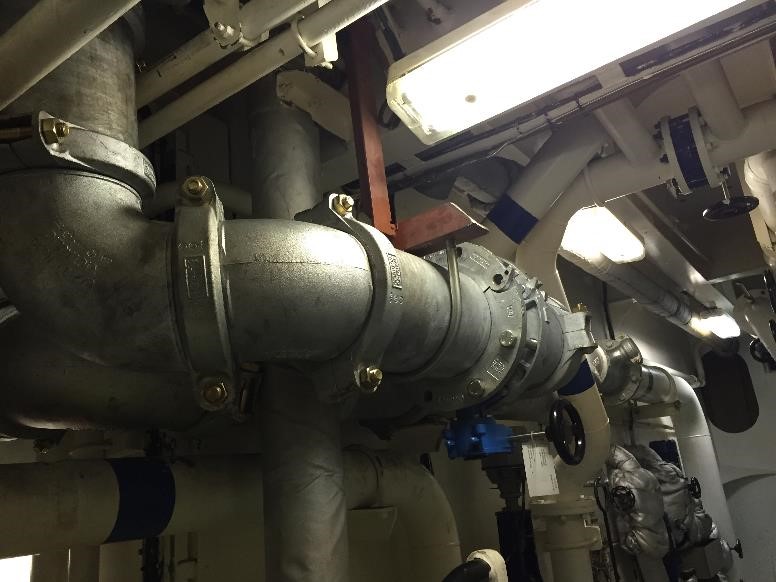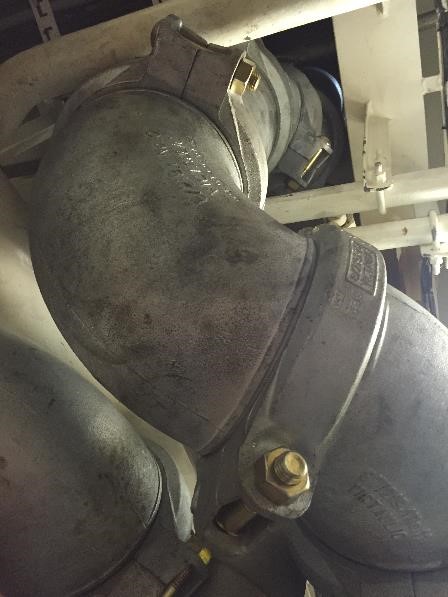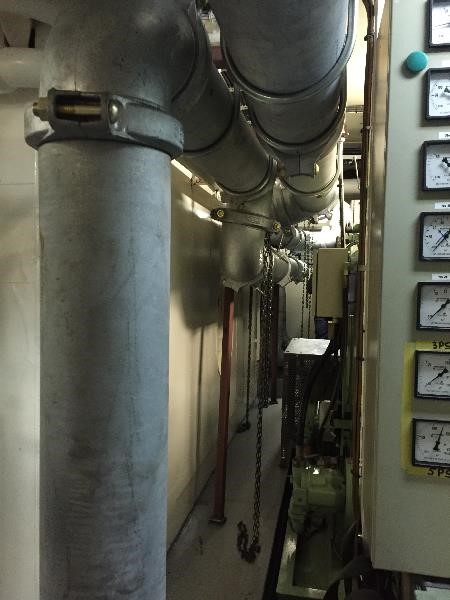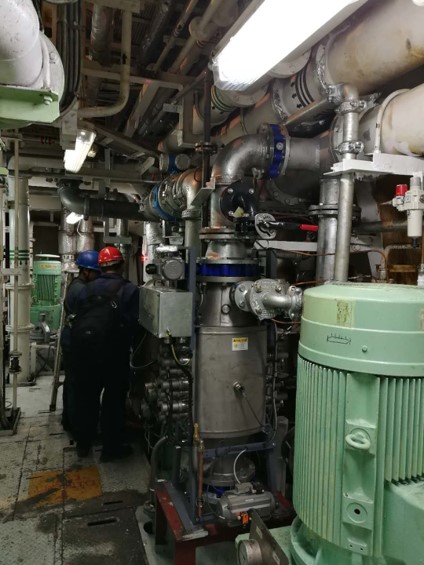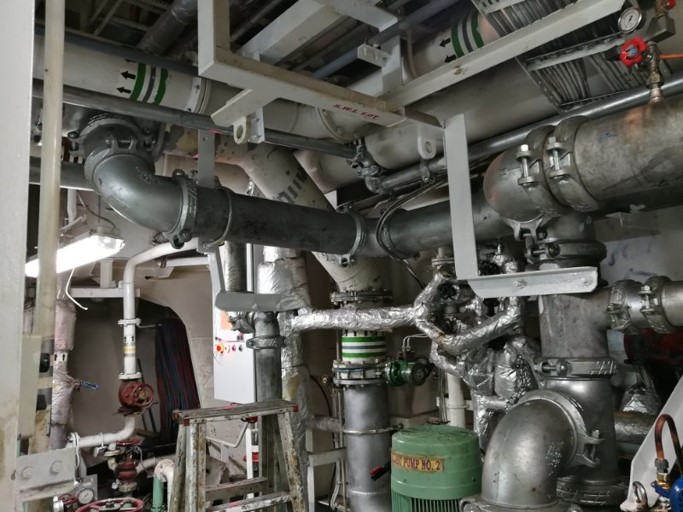- 1991: MEPC adopted the International Guidelines for preventing the introduction of unwanted aquatic organisms and pathogens from ships’ ballast water and sediment discharges (resolution MEPC.50(31)).
- 2004: BWM Convention was adopted by consensus at a Diplomatic Conference held at IMO Headquarters in London
- 2008: 14 sets of Guidelines, the last one being adopted by resolution MEPC.173(58).
- 2019: MEPC 72 (April 2018) and enters into force
About BWMS
IMO Regulations
IMO REGULATIONS ON THE MANAGEMENT AND TREATMENT OF SHIPS' BALLAST WATER AND SEDIMENTS (BWMS / BWTS)
The international maritime organization has initiated the International Convention for the Control and Management of Ships' Ballast Water and Sediments. The Ballast Water Management Convention requires:Read more/less
Two standards to achieve the objectives of the BWM Convention:
- Ballast Water Exchange Standard (based on dilution): D-1
- The D-1 standard requires ships to exchange their ballast water in open seas, away from coastal areas. Ideally, this means at least 200 nautical miles from land and in water at least 200 meters deep.
- Ballast Water Performance Standard (based on treatment): D-2
- The D-2 standard specifies the maximum amount of viable organisms allowed to be discharged, including specified indicator microbes harmful to human health. From the date of entry into force of the BWM Convention, all ships must conform to at least the D-1 standard; and all new ships, to the D-2 standard
BWMS retrofit process at a glance
Our Service Offerings
Read more/less
- Vessel Class & Flag
- Any administration requirement if required to comply
- Vessel GA
- Piping P&ID (Ballast System)
- Electrical SLD
- Electrical Power calculation
- Machinery Space Layout
- Tank Arrangement Plan
- 3D CAD model if available
- Scheduled IOPP survey
- Preference of BWMS
- Required automation
- BWTS Location identification.
- Examination of Tie in.
- Electrical Compatibility.
- Discussion of Key aspects of BWTS installation.
- At least one designer in the survey team.
- Onsite decision making.
Read more/less
- Integration and modification in the existing piping system
- Ancillary Considerations
- Technology Selection
- Flow and electrical load calculations
- Automation & instrumentation modifications
- Installation requirements
- Preliminary Bill of Material
- Ballast System Piping Schematic
- Conceptual pipe routing
- Selection of BWMS
- Identify the compartments for BWMS placement
- P&ID diagram
- Power & control system SLD update
- Approval of P&ID & SLDs by client
BWMS – TECHNOLOGY SELECTION
Installing a ballast water treatment system on an existing vessel is typically more complicated than on a newbuild. Ballast water treatment was not considered during the original construction of most vessels, and as a result, there is no dedicated space for the new system. This means that the installation needs to be adapted to existing circumstances on board. Followings are few of the technologies available for the Ballast Water Treatment and Management Systems (D2).Read more/less
FEW OF THE BWM TECHNOLOGIES
- UV SYSTEM
- ELECTROCHLORINATION
- ADVANCED OXIDATION
- OZONE
- CHEMICAL INJECTION
- ELECTROLYSIS
- OTHER
- Ballast water treatment System (BWTS) Piping Design.
- Foundation Structure Design / Modifications.
- Electrical compatibility, Electrical SLD updates
- Pressure drop calculation.
- Flow analysis Before & After BWTS
- Detailed bill of material
Read more/less
- 3D modelling
- Modification Design
- Bill of Material
- 2D production drawing preparation
- Class approval of P&ID and SLDs
- Erection plan and approval
- Maintenance documents
- Very quick pre-fabrication with groove technology, saves almost 1/2 of the pre-fabrication time for piping systems.
- Quick turnaround
- Limited to no welding require for piping system pre-fabrication.
- No-need of galvanizing after fabrication and modification, which saves considerable time.
- Pre-fabrication of the foundation and the piping support supplies on board for installation.
Capable of BWMS Installation in Afloat Condition:
- Installing a ballast water treatment system on an existing vessel is typically more complicated than on a newbuild.
- The technology we offer invites very minimum hot work for piping. Though, the BWMS equipment foundation installation certainly will need the hot work.
- We understand that the dray docking is a costly affair, even planned docking extension for BWMS installation.
- The grooved technology allows the installation in very congested and space constrained locations with the low profile of the pipe joining couplings.
- The complete installation may be planned for and can carry out while ship is in sailing and in afloat condition. Hence, there might not be the docking requirement for entire process.
Read more/less
All stake holders, involved in the process shall be aligned to plan & achieve the target of minimum to no – docking for complete installation of the BWMS, i.e. ship owner, designer (If not UMSPL), installation, testing and commissioning party (here UMSPL) and class. The Top level scope includes,
- Readiness for onboard hotwork
- Preparation machinery erection
- Erection of machinery & installation
- Piping system installation
- Electrical power system modification
- Control System Modification
- Piping system pressure test
- Power & Control System trials
- System tests, trials and commissioning
- Sign off by client and class
About us
- 3D scanning facility, with more than 08 nos. different type 3D scanner in the fleet of the associate
- Ship Design team with more than 30 well trained and experienced design experts of associate including the Naval Architectures, Piping Engineers, 3D modelers and drafter.
- Served more than 40 clients and 150 vessels globally by parent companies and promoters
- Experienced working with almost all classification societies, including but not limited to DNV-GL, ABS, BV, NK, IRS, CCS, RINA
- Fleet of well trained and experienced pre-fabrication, installation & testing and commissioning team.
- Quick turn around with the usage of groove technology for piping systems pre-fabrication and installation.
- Full coordination with class.
- In-house 3D scanning team, Design team, fabrication team, In-house Installation team & BWTS Commissioning team.
- Usage of grooved technology, which ensures quick turn around for pre-fabrication, installation and on-board modification if needed.
- The groove technology minimizes (almost eliminates) the welding for piping.
- No need of docking, complete BMWS installation in afloat condition of vessel.
- Fast decision making for onsite installation difficulties as designer on board.
- Quick response to clear the documenting after submission if any
We believes in optimization of the technical skills of the people and the software help to improve the final productivity of the output. UMSPL
makes the 3D design software in such a way that it can perform at its maximum capabilities by creating the custom libraries, custom templates,
automated BOM templates and the cut list generation. so, if there is a any change in the designing, UMSPL doesn’t take much time to update the
fabrication drawings.
On the top of the designing, UMSPL coordinates with classification society, In-house fabrication team, installation team and other system
manufacturer such as valve control system to integrate the BWT system to the vessel.
Turnkey Solution
- 3D Scanning
- Design
- Pre-fabrication
- Installation
- Testing & Commissioning
- Approvals
Global Footprint
- India
- Singapore
- China
- Vietnam
Modern Technology
- Quick Fabrication
- Very minimum hot work
- Easy to attempt any post-design modification
Cost Effective
- Minimum to no requirement of dry dock
- Overall fast installation
- Minimum downtime for vessel
